Dry, Fresh, and Naturally Cozy
Join us as we explore moisture control and breathability in homes insulated with natural fibers, from wool and hemp to cellulose and cork. Discover how vapor-open assemblies manage humidity, deter mold, protect structures, and boost comfort. Expect science made practical, field-proven details, and simple habits you can start today. Share your questions and experiences, and subscribe for upcoming guides, checklists, and case studies tailored to natural materials.
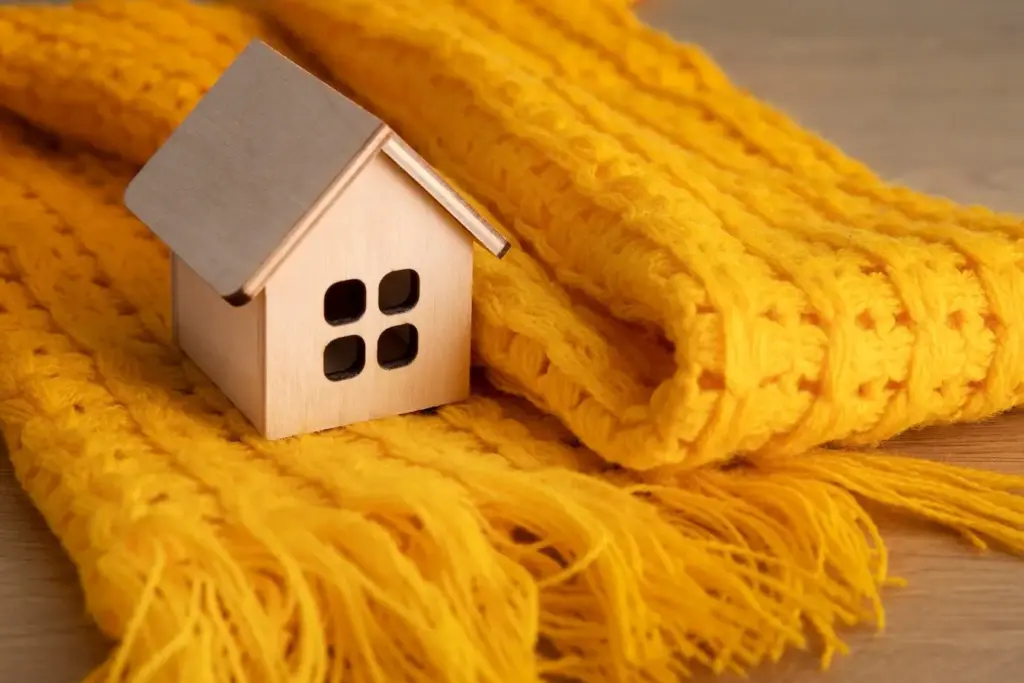

How Vapor Moves Through Natural Walls
Understanding movement of water vapor, liquid moisture, and air is the foundation of durable, breathable construction. Natural fibers buffer humidity by absorbing and releasing it gradually, yet they still require airtightness and smart layering. Here we translate diffusion, capillarity, and convection into friendly guidance you can confidently apply.
Choosing the Right Membrane
Permeance should change with season and interior loads. Smart membranes throttle diffusion when humidity is low and open wide when materials need to dry. Pair them with taped sheathing or interior air barriers, and confirm continuity at seams, corners, and service penetrations.
Detailing Around Windows and Penetrations
Windows, vents, and wires are where leaks begin. Use sloped sills, back dams, flexible flashing, and airtight gaskets, then test with a blower door to verify performance. Durable details prevent water entry, enable drying, and safeguard sensitive natural fibers for decades.
Rainscreen Depth and Cladding Choices
Ventilated cavities dramatically reduce risk by decoupling cladding from sheathing and encouraging outward drying. Even modest gaps perform well when kept clear of debris and insect nests. Choose cladding that tolerates wetting, and include screened vents to maintain airflow without inviting pests.
Finding, Measuring, and Fixing Wet Problems
The earlier you notice moisture, the simpler the remedy. Routine measurements reveal slow trends before damage occurs. We outline practical diagnostics, safe drying methods, and preventive repairs that respect breathable assemblies while restoring strength, comfort, and confidence without resorting to unnecessary, costly replacements or disruptive demolition.
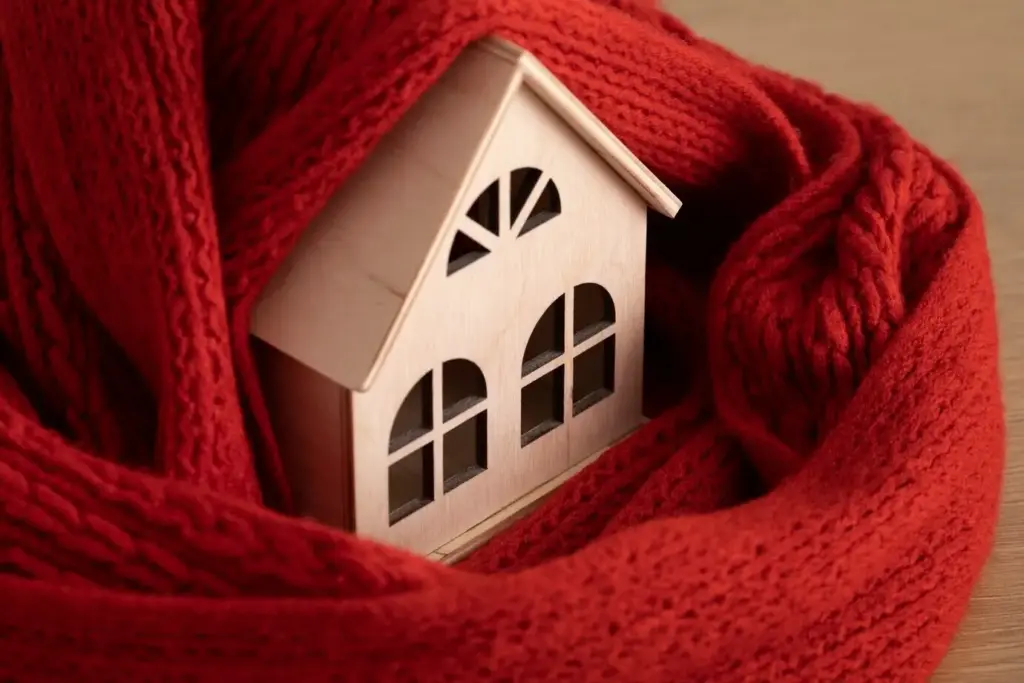


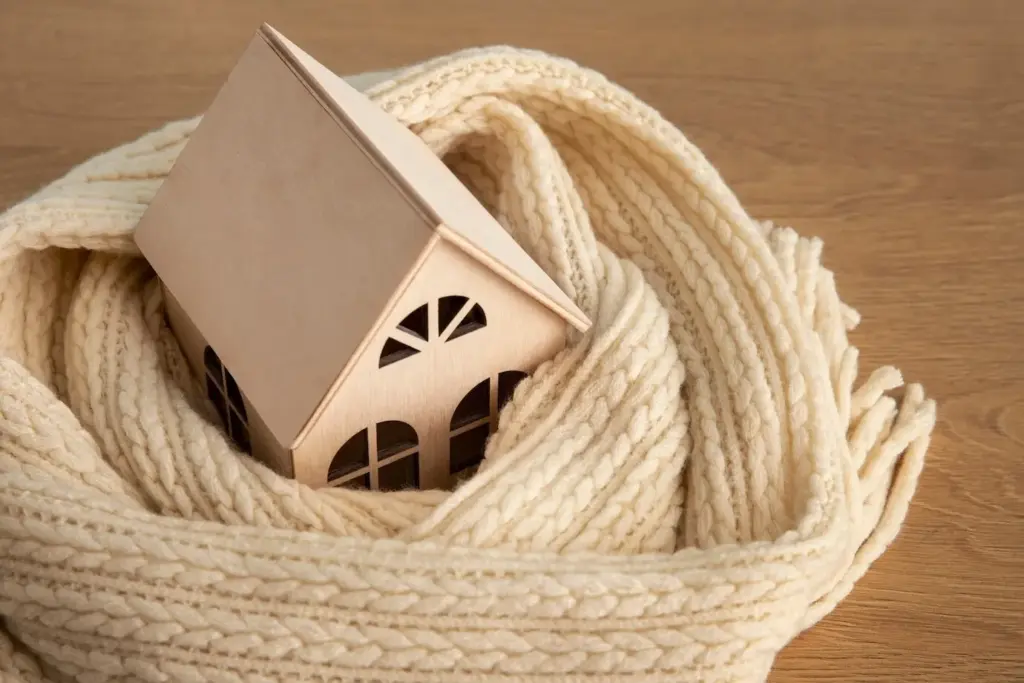
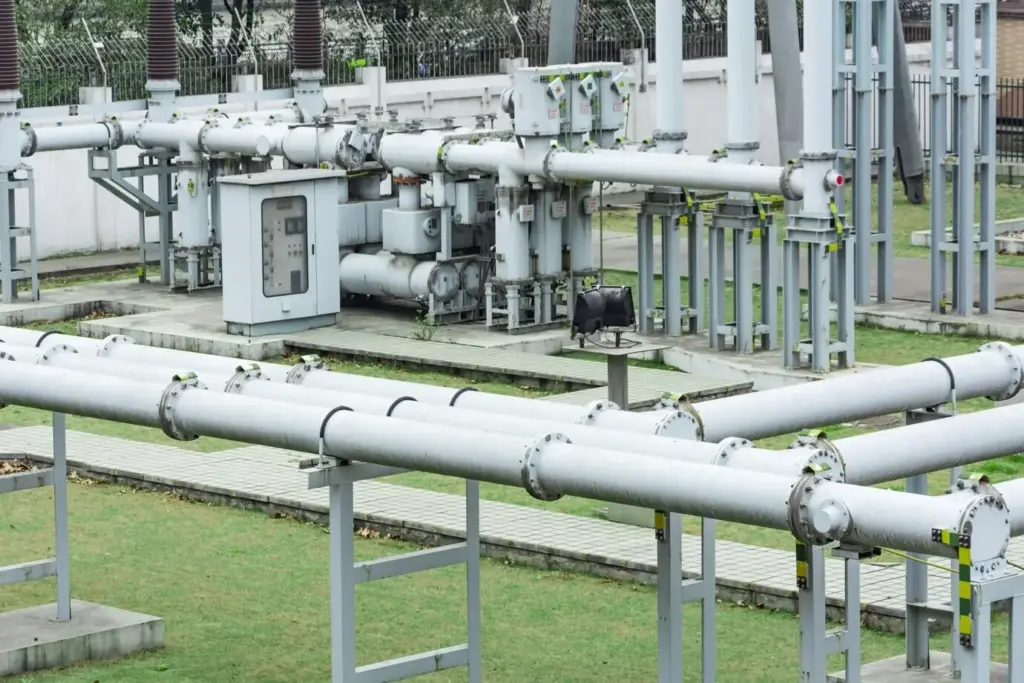
Stories from Real Homes That Stayed Dry
Field stories anchor concepts to daily life. These homes use wool, hemp, or cellulose with vapor-open layers, airtight details, and simple maintenance rituals. Their results show that comfort, quiet, and healthy air are compatible with resilience, low energy bills, and long-term structural confidence.
Breathing Easier with Natural Materials
Comfort is not only temperature; it is how air feels and smells. By moderating humidity and avoiding condensation, natural fibers reduce mold pressure, dust mites, and allergens. Pairing airtightness with planned ventilation keeps pollutants low while preserving that soft, calm, quietly fresh interior atmosphere.



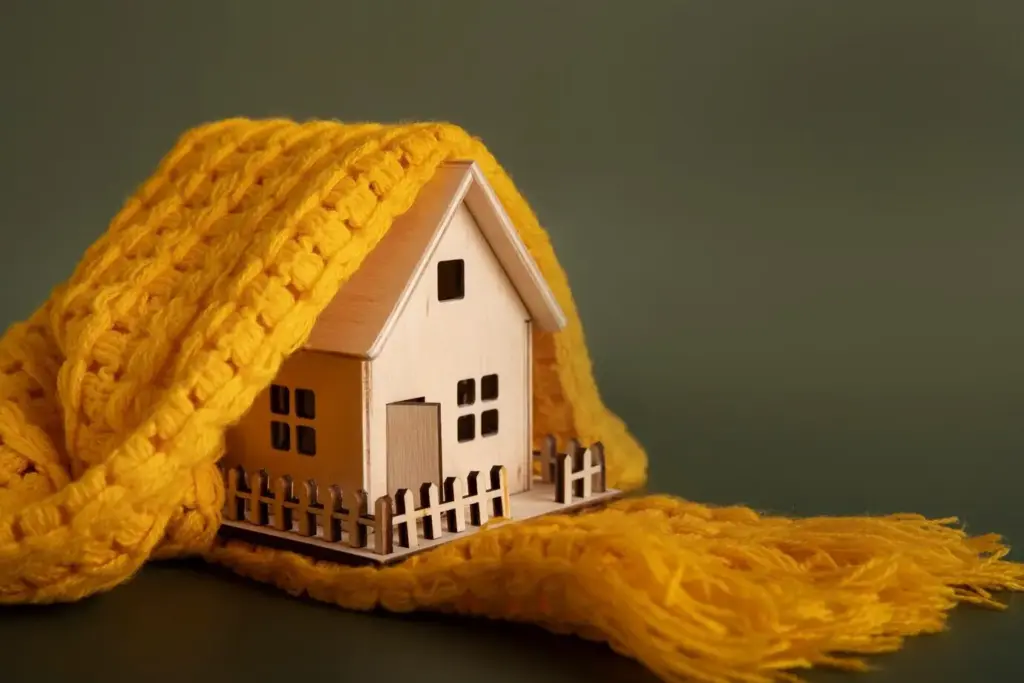
Keeping Performance Steady Through Seasons
Durability loves routine. Small inspections and quick tweaks defend your home from the big, hidden problems moisture can cause. By protecting exterior water management and watching interior humidity, you preserve breathability, comfort, and peace of mind while giving natural fiber assemblies the care they reward.


Upgrades That Respect Materials and Climate
Good upgrades consider region, occupancy, and budget. We outline insulation thicknesses that stay safe, exterior versus interior approaches, and finish choices that encourage drying. Thoughtful planning delivers efficiency, calm acoustics, and strong resilience without compromising the natural, tactile qualities that make these homes so inviting.
All Rights Reserved.